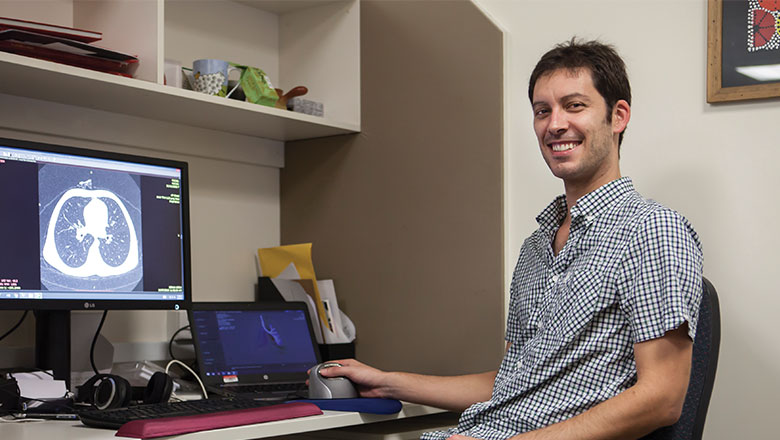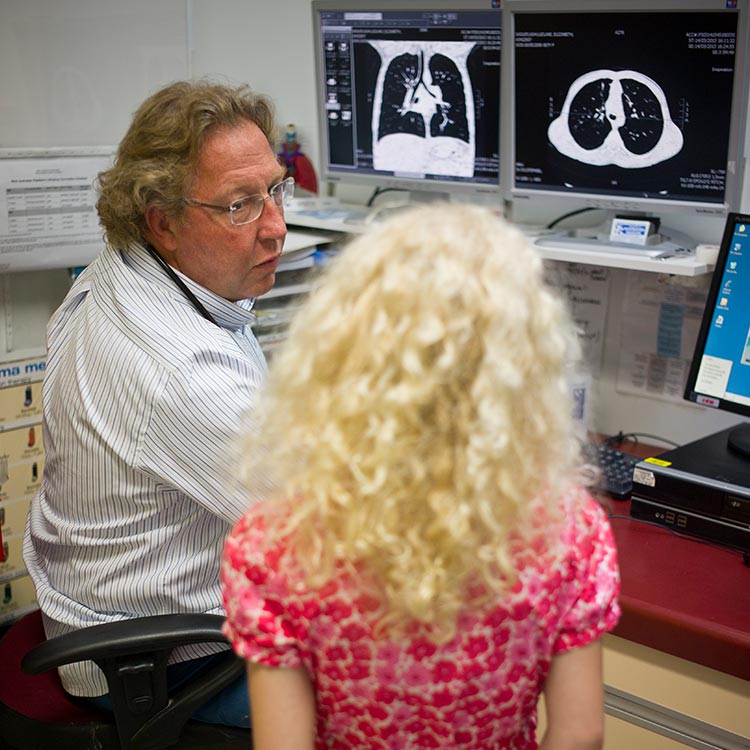Search
Research
Infection, inflammation,and lung function decline in infants with cystic fibrosisBetter understanding of evolution of lung function in infants with cystic fibrosis...


News & Events
On a quest for kids with cystic fibrosisPRAGMA-CF, a new way of measuring early lung disease in young kids with cystic fibrosis is changing the way we detect and treat CF.

News & Events
Treat early to protect lungsEarly intervention is being touted as the key to preventing lung damage in children with cystic fibrosis.

News & Events
Are you interested in cystic fibrosis research?We are looking for 6 new members to join our Child and Adolescent Cystic Fibrosis Consumer Reference Group of WA
News & Events
New study brings hope for preventing lung disease in children with cystic fibrosisResearchers at Perth's Telethon Institute are one step closer to preventing serious lung disease which is the main cause of suffering in cystic fibrosis.
Research
Using syringe infusion pumps Springfusors for the administration of intravenous antibiotics for children with CF at PCH (SIPS-CF)André Schultz MBChB, PhD, FRACP Head, BREATH Team Head, BREATH Team Prof André Schultz is the Head, BREATH Team at The Kids Research Institute
Research
Rhinovirus Infection Is Associated With Airway Epithelial Cell Necrosis and Inflammation via Interleukin-1 in Young Children With Cystic FibrosisThis study found rhinovirus infection drives necrotic cell death in cystic fibrosis airway epithelial cells
Research
Predicting disease progression in cystic fibrosisComprehensive scores incorporating clinical, lung function, imaging and laboratory data will become essential in the future for predicting disease progression and for use in clinical trials
Research
Assessment of p.Phe508del-CFTR functional restoration in pediatric primary cystic fibrosis airway epithelial cellsThis study assessed an alternative approach, using a small scale halide assay that can be adapted for a personalized high throughput setting to analyze CFTR function of pAEC.
